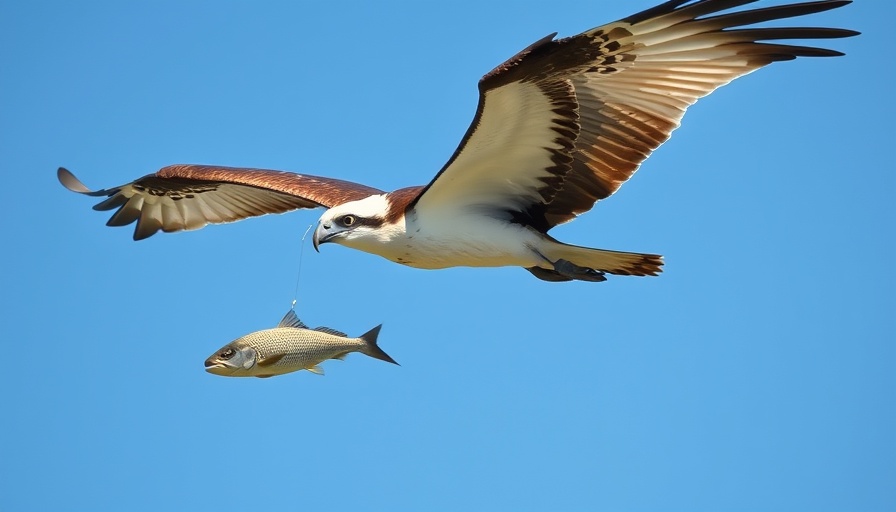
The Resurgence of the Osprey: A Brief History
Once on the brink of extinction due to habitat loss and pollution, the osprey population celebrated a remarkable comeback in recent decades. Conservation efforts, including banning harmful pesticides and protecting nesting areas, played crucial roles in this resurgence. The sighting of ospreys gliding over lakes and rivers became a symbol of environmental recovery, serving as a reminder of the delicate balance within ecosystems.
A New Crisis: The Tragic Decline of Osprey Chicks
However, this success story has taken a troubling turn. Recent reports have emerged detailing the alarming phenomena of osprey chicks dying in their nests. Experts are investigating various factors leading to this decline, with overfishing at the forefront of the conversation. As fish populations dwindle due to overharvesting, the primary food source for ospreys becomes scarce, putting their survival at risk.
Understanding Overfishing's Impact on Ecosystems
Overfishing not only threatens fish populations, but it also disrupts the entire food chain. Ospreys, which rely heavily on fish for their diet, are finding it increasingly difficult to feed their chicks. As food becomes less abundant, the consequences ripple through the ecosystem, affecting not just ospreys, but various species that share their habitat. Conservationists are calling for a reevaluation of fishing practices to protect these vital ecosystems.
Looking Ahead: The Future of Ospreys
The fate of the osprey hangs in the balance, driven largely by human actions. As policy changes and conservation efforts continue to unfold, it is crucial for the community to engage in discussions about sustainable fishing practices. By doing so, we can ensure the health of our waters and the survival of the species that depend on them.
 Add Row
Add Row  Add
Add 




Write A Comment